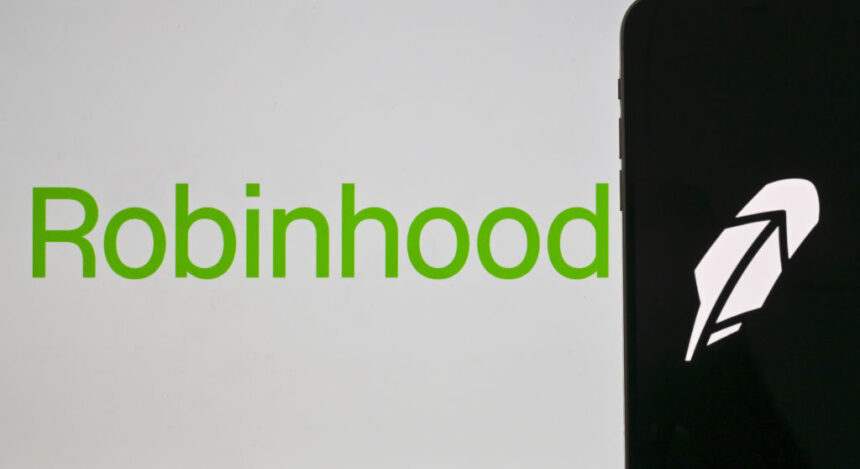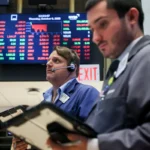Robinhood Markets has emerged as a significant player in the fintech landscape, drawing comparisons to disruptive forces like Amazon and Netflix. The company’s introduction of commission-free trading and an accessible app has democratized stock market participation, allowing retail traders to invest without typical brokerage fees. This fundamental shift has pressured traditional brokerages to adopt similar fee structures, further entrenching Robinhood’s influence.
In 2025, Robinhood’s stock performance has been remarkable, surging nearly 300% and reaching all-time highs. Despite its lofty valuation, several positive trends indicate robust growth potential for the company in the near future.
As of August, Robinhood reported 26.7 million funded users, marking a 10% year-over-year increase. Additionally, total platform assets have skyrocketed to $303.9 billion, reflecting an impressive 112% growth since August 2024. The company’s second-quarter earnings demonstrated this momentum, with revenues hitting $989 million, a 45% increase year-over-year, and net income climbing 105% to $386 million. The earnings per share posted at $0.42, doubled compared to the previous year.
Robinhood’s business model remains promising. It generates revenue by routing commission-free trades through market makers, receiving fees in return, and it also profits from cryptocurrency transactions by capitalizing on pricing discrepancies. A notable development in March was the launch of its prediction markets, allowing users to trade on potential outcomes of various events, from sports to economic forecasts. With approximately 600 events currently available, Robinhood charges a nominal $0.01 commission per contract, and plans for global expansion could signify a substantial new revenue stream.
Furthermore, Robinhood introduced a tokenization initiative in June, allowing trading of over 200 tokenized U.S. stocks for customers in the European Union. This technological advancement transforms traditional assets into digital tokens on a blockchain, enhancing liquidity and accessibility. The CEO of Robinhood, Vlad Tenev, expressed immense optimism about the future of tokenization during a recent panel, likening its growth potential to an unstoppable freight train poised to revolutionize the financial industry.
The company’s price-to-earnings ratio sits at 73, indicating a premium valuation reflective of its growth potential. Despite the high price point, the numerous tailwinds—including an expanding user base, rising asset values, and innovative revenue streams through tokenization and prediction markets—make Robinhood a compelling investment option in the current market landscape.







